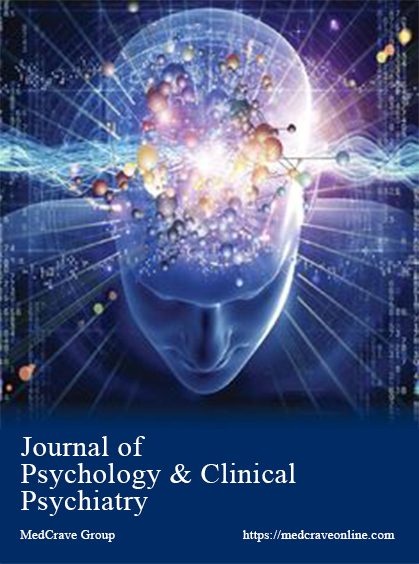Revisiting narcolepsy: the practical diagnosis and mythology
Revisiting narcolepsy: the practical diagnosis and mythology
Author(s): Vernon M. NeppeSubject(s): Neuropsychology, Clinical psychology
Published by: MedCrave Group Kft.
Keywords: age; armodafinil; auto-immune; bilateral; bipolarity; cataplexy; cerebrospinal fluid; children; csf; crying; day-time sleepiness; diplopia; dsm-v; dts; dyssomnia; eeg; ego-boundary; emotion; episodes;
Summary/Abstract: Narcolepsy is a chronic neurological condition with impairments of the sleepwake cycle. Narcolepsy manifests with four symptoms, the so-called classical tetrad: a. Episodic irrepressible uncontrollable Day-Time Sleepiness (DTS) is the key feature, and b. Abnormal bilateral episodes of muscle tone loss with clear consciousness (cataplexy) make the diagnosis definitive. Common but not necessarily required symptoms are c. Sleep onset distortions (hypnagogic hallucinations), and d. Awareness of being paralyzed when waking during the night (sleep paralysis). a This series of articles focuses on the areas where the mythology may need to be broken and where limitations may not necessarily be recognized. This article has several parts, each interrelated yet independent. As with all publications, information such as this must be considered only after consultation with physicians and any medical information recorded here should not substitute for such consultations. Journal of Psychology & Clinical Psychiatry Review Article Open Access Diplopia and nocturnal insomnia are two other often ignored common symptoms. The classical standard narcolepsy research criteria confirming a narcolepsy diagnosis consist of either a positive multiple sleep-latency tests (MSLT), or an abnormally low cerebrospinal fluid (CSF) Orexin (hypocretin) level. I focus on some controversies: a. First, the genes for narcolepsy have been largely ignored when applying the recognized criteria for diagnosing narcolepsy. These genes include particularly DQB1*06:02. However, the DQA1*01:02 gene should also be measured 1:02. b. Secondly, the multiple sleep-latency test (MSLT) may be overemphasized for definitive diagnosis, because the genetic test is as important or even more relevant. This is pertinent because, in the USA, insurance approval of costly medications such as modafinil, armodafinil and sodium oxybate are often dependent on the insurances applying a positive MSLT as a requirement; when it is negative, the insurances might tragically deny coverage of these medications: This might deprive many in the narcolepsy population of their essential life-sustaining treatment, even though they might have definite clinical features plus the gene expression, and often, already, response to wakefulness drugs. c. Third, clinical evaluations must be standardized. At this stage, we, at the PNI b apply modifications of the Epworth Sleepiness Scale in conjunction with the Fatigue Severity Scale, and the Neppe Narcolepsy Questionnaire, as fundamental ways to evaluate narcolepsy clinically. These historical rankings and screens combined with proper HLA screening may be adequate for more than 90% of diagnoses. d. Fourth, the comorbidities of narcolepsy might include psychosis, anxiety, depression, impaired functioning, and seizure phenomena. These may reflect multifactorial etiologies: some of these may be linked with narcolepsy, and others unassociated. I suggest a new model of hypocretin deficiency being slightly down-stream from the actual cause of narcolepsy-cataplexy. This accentuates the need for proposing two new terms, namely “primary narcolepsy” for the most common narcolepsy condition that appears to be hypothalamically linked to an autoimmune process involving hypocretin, and “symptomatic narcolepsy” due to infectious or tumor or trauma events involving the hypocretin / reticular activating system/ hypothalamus. On the others hand, some old classifications have used the previous terms “Type 1 Narcolepsy” for narcolepsy with cataplexy, and “Type 2 Narcolepsy” for narcolepsy without demonstrated cataplexy: this classification appears redundant and has ambiguities (e.g. some require proof by MSTL or Orexin levels and some do not). The various ICSD and DSM criteria are re-examined.
Journal: Journal of Psychology & Clinical Psychiatry
- Issue Year: 5/2016
- Issue No: 3
- Page Range: 1-25
- Page Count: 25
- Language: English

